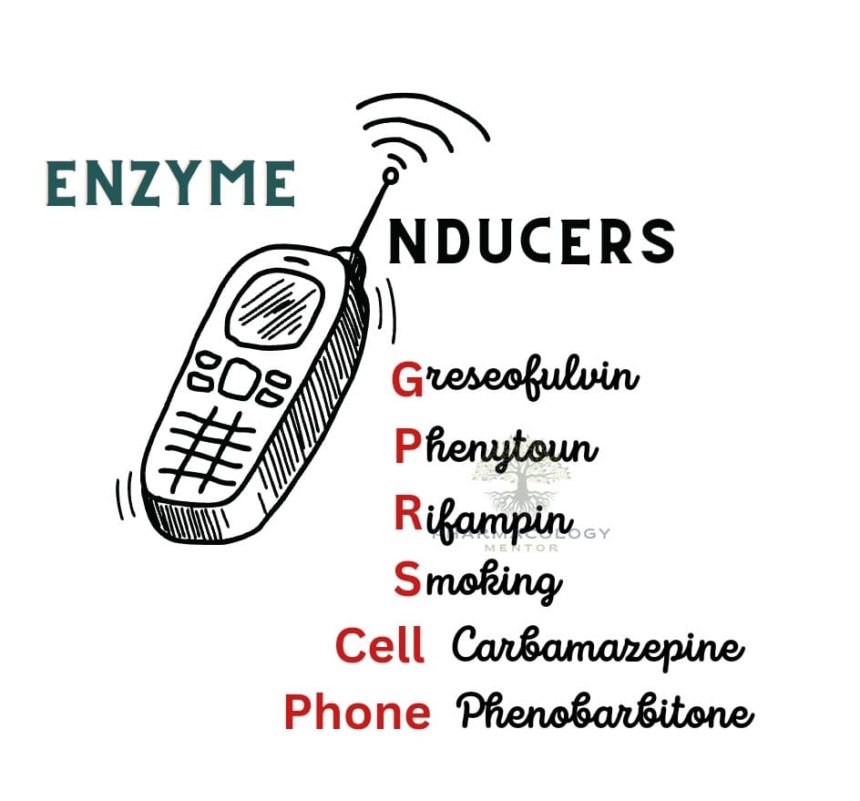How Ischemic Heart Disease is treated?
The treatment of ischemic heart disease aims to improve blood flow to the heart muscle. This can be achieved through a combination of lifestyle changes, medications, and in some cases, surgical…
Enzyme inducers: How they are important in the clinical pharmacology?
Introduction Enzyme inducers play a significant role in drug metabolism, affecting the efficacy and safety of various medications. In this comprehensive guide, we will delve into the intricacies of enzyme…
Non-Steroidal Anti-Inflammatory Drugs (NSAIDs) – A Comprehensive Guide
Understanding NSAIDs: What are they? Non-Steroidal Anti-Inflammatory Drugs, commonly known as NSAIDs, are a class of drugs primarily used for their analgesic (pain-relieving), antipyretic (fever-reducing), and, as their name suggests,…
Unlock the Power of Mnemonics in Pharmacology
Discover the transformative role of mnemonics in pharmacology. Learn how these memory-enhancing tools can simplify complex drug information, making it easier to remember and apply in real-world scenarios. Introduction Pharmacology,…
Obesity: What We Know and What We Can Do?
Introduction and scope Obesity is a chronic, relapsing, multifactorial disease marked by excess adiposity that impairs health. It now affects more than one billion people worldwide, including over 650 million…
Medicinal Chemistry and its role in Structure-Activity Relationships
Introduction to Medicinal Chemistry Medicinal chemistry is a fascinating field that combines aspects of organic chemistry, pharmacology, and biochemistry. It's all about designing and synthesizing potential new medications, not just…
Structure-Activity Relationships (SAR)
Introduction to SAR The field of medicinal chemistry is replete with examples of how subtle changes in the molecular structure of a compound can have profound effects on its biological…
Antimicrobial Stewardship: An Editorial Review
1. Introduction and Scope Antimicrobial stewardship (AMS) is a coordinated set of interventions aimed at optimizing the use of antimicrobial agents—including antibiotics, antivirals, antifungals, and antiparasitics—to ensure optimal clinical outcomes, minimize…
Unlock the Power of In Silico Techniques in Pharmacology
In the realm of pharmacology, the last century has witnessed a significant evolution in scientific research. This evolution has been driven by meticulously designed studies and continuous technological advancements that…
Drugs Used in Congestive Cardiac Failure – With new drug classes
Introduction to Congestive Cardiac Failure Congestive cardiac failure, also known as congestive heart failure (CHF), is a complex clinical syndrome that impairs the pumping capacity of the heart. It can…
















